Regulatory
Everything You Need to Know About Chain Laws

Ion Monday, October 11, 2021
Everything You Need to Know About Chain Laws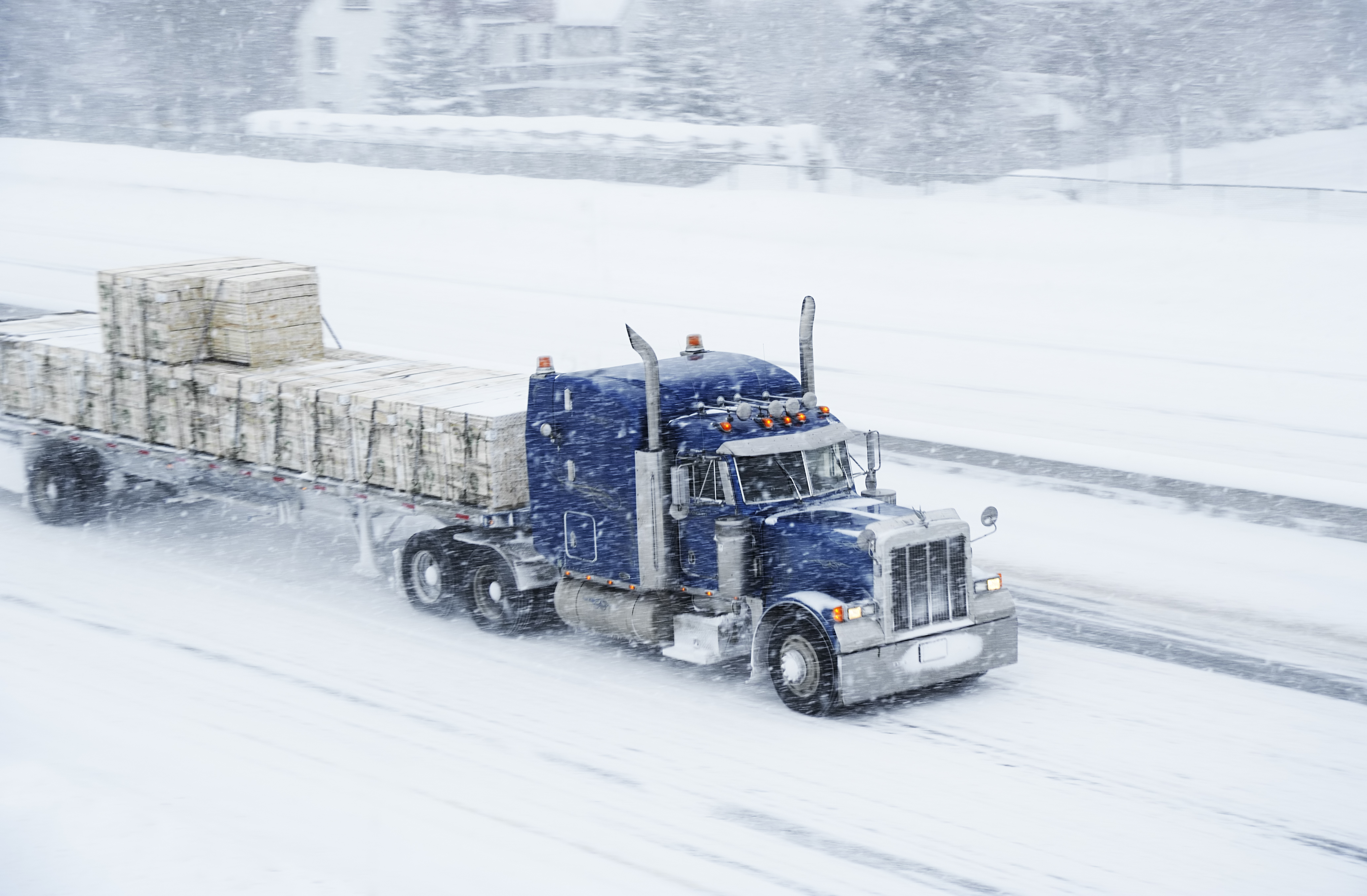
States with No Tire Chain Laws
Some states have no tire chain laws at all. These include:- Washington, D.C.
- Florida
- Hawaii
- Missouri
- New Hampshire
- Vermont
Alabama
The use of tire chains shall be permitted upon any vehicle when required for safety because of snow, rain, or other conditions tending to cause a vehicle to slide or skid.Alaska
Chain Laws:
You are not permitted to use chains from May 1 through September 15 when north of 60 North Latitude. You are not permitted to use chains from April 15 through September 30 when south of 60 North Latitude. If you are operating a vehicle on Sterling Highway, you are not permitted to use chains from May 1 through September 15. You will need to obtain a special permit from the Department of Administration if you would like to use chains in one of these prohibited zones.Arizona
The use of tire chains are allowed when required for safety during a time of snow, ice, or another condition that might cause slippery highways.Arkansas
The use of tire chains are allowed when required for safety during a time of snow, ice, or another condition that might cause slippery highways.California
Chain Laws: California does not require trucks to carry chains during any specified time period. When the weather hits, though, it takes at least eight chains for a standard tractor-trailer configuration to comply with the regulations. During the winter months, there might be traction chain controls in the mountain areas. When these are established you will see signs posted along the highway. These signs will also include the type of requirement, which will include one of the following:- R1 - Chains, traction devices or snow tires are required on the drive axle of all vehicles except four wheel/ all wheel drive vehicles.
- R2 - Chains or traction devices are required on all vehicles except four wheel/ all wheel drive vehicles with snow-tread tires on all four wheels.
- R3 - Chains or traction devices are required on all vehicles, no exceptions.
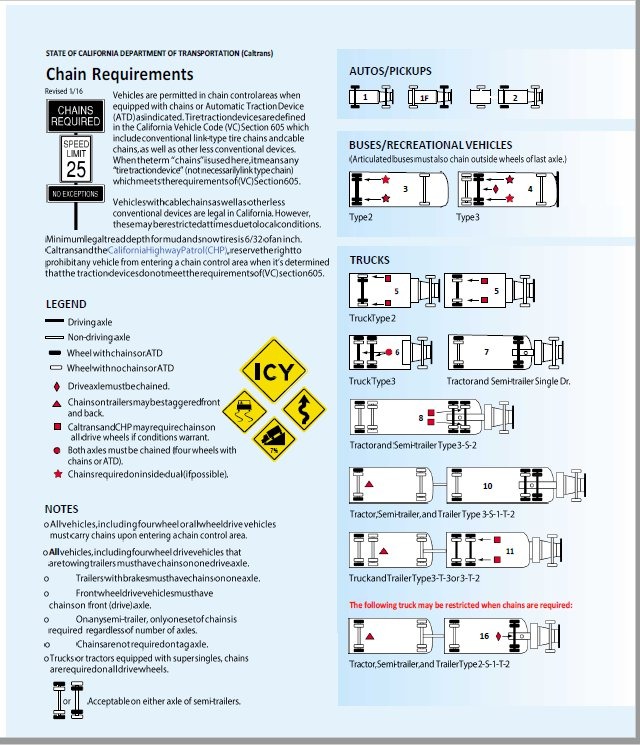
Colorado
From September 1 through May 31, all trucks must carry sufficient chains on I-70 when traveling between mile marker 259 outside Golden, CO and mile marker 133 in Dotsero, CO. If you get stopped and do not have chains on your truck, the fine is $50 plus a surcharge of $16. That said if you do not put chains on your truck when the law is in effect, the fine is $500 plus a $78 surcharge. If you do not put chains on and you end up blocking the highway, then the fine will increase to $1,000 plus a $156 surcharge. Colorado has two different types of chain laws:- Level 1 - Single-axle combination commercial vehicles must chain up. Trucks must have all four drive tires in chains. When level 1 is in effect, all other commercial vehicles must have snow tires or chains.
- Level 2 - When level 2 is in effect, all commercial vehicles are required to chain up the four drive tires.
Connecticut
Chains are permitted during hazardous weather from November 15 through April 30. The chains can not be damaging to the highway’s surface.Delaware
You are permitted to use chains on highways from October 15 through April 15.Georgia
At any time the Georgia Department of Transportation may close or limit access to certain highways during inclement weather. If this occurs, signage will be placed to inform drivers that chains are required in order to proceed. For commercial vehicles, chains must be placed on the outermost drive tires.Idaho
Officials with the Idaho Department of Transportation can determine that it is unsafe to drive over Lookout Pass and Fourth of July Pass on I-90, and Lolo Pass on Highway 12. If it is deemed unsafe, then you will be required to chain up a minimum of one tire on each drive axle and one axle at or near the rear.Illinois
The use of tire chains are allowed when required for safety during a time of snow, ice, or another condition that might cause slippery highways.Indiana
The use of tire chains are allowed when required for safety during a time of snow, ice, or another condition that might cause slippery highways.Iowa
The use of tire chains are allowed when required for safety during a time of snow, ice, or another condition that might cause slippery highways.Kansas
The use of tire chains are allowed when required for safety during a time of snow, ice, or another condition that might cause slippery highways.Kentucky
Chain Laws: No person shall use on a highway not covered with ice a vehicle with a chained wheel unless the wheel rests upon an ice-shoe at least 6 inches wide. When chains are used on rubber-tired vehicles, the cross chains shall be not more than three-fourths (3/4) of an inch in thickness or diameter, and shall be spaced not more than ten inches apart, around the circumference of the tires.Louisiana
The use of tire chains are allowed when required for safety during a time of snow, ice, or another condition that might cause slippery highways.Maine
Vehicles cannot have tires with metal studs, wires, spikes or other metal protruding from the tire tread from May 1 through Oct. 1. Other than that the use of tire chains are allowed when required for safety during a time of snow, ice, or another condition that might cause slippery highways.Maryland
The use of tire chains are allowed when required for safety during a time of snow, ice, or another condition that might cause slippery highways.Massachusetts
Massachusetts prohibits the use of studded tires and chains between May 1 and Nov. 1 without a permit. The use of tire chains are allowed when required for safety during a time of snow, ice, or another condition that might cause slippery highways.Michigan
Chain Laws: The use of chains is allowed for safety when snow, ice, or other condition are present. If chains are used, they must not come in direct contact with the roads surface.Minnesota Chain Laws:
The use of tire chains are allowed when required for safety during a time of snow, ice, or another condition that might cause slippery highways.Mississippi
The use of tire chains are allowed when required for safety during a time of snow, ice, or another condition that might cause slippery highways.Montana
If the Montana Department of Transportation determines that highways are too dangerous for travel, they may establish the following recommendations on traction devices:- Chains or other approved traction devices recommended for drive wheels
- Chains or other approved traction devices required for drive wheels
- Chains required for driver wheels
Nebraska
Chain Laws: The use of tire chains are allowed when required for safety during a time of snow, ice, or another condition that might cause slippery highways.Nevada
It is unlawful for any person to operate a motor vehicle, whether it is an emergency vehicle or otherwise, without traction devices, tire chains or snow tires upon any street or highway, under icy or snowy conditions, when the highway is marked or posted with signs for the requirement of traction devices, chains or snow tires.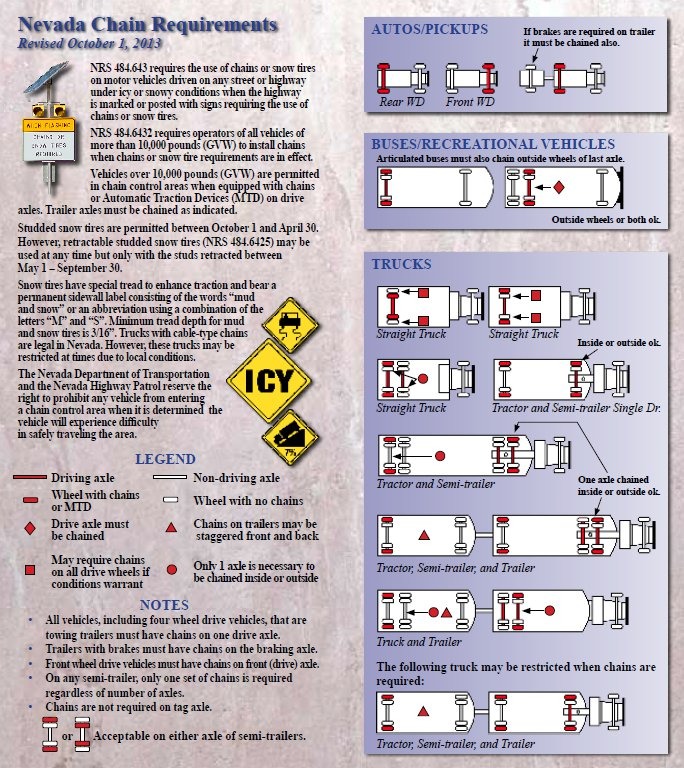
- Traction devices, tire chains or snow tires if it has a gross weight or combined gross weight of 10,000 pounds or less.
- Tire chains if it has a gross weight or combined gross weight of more than 10,000 pounds.
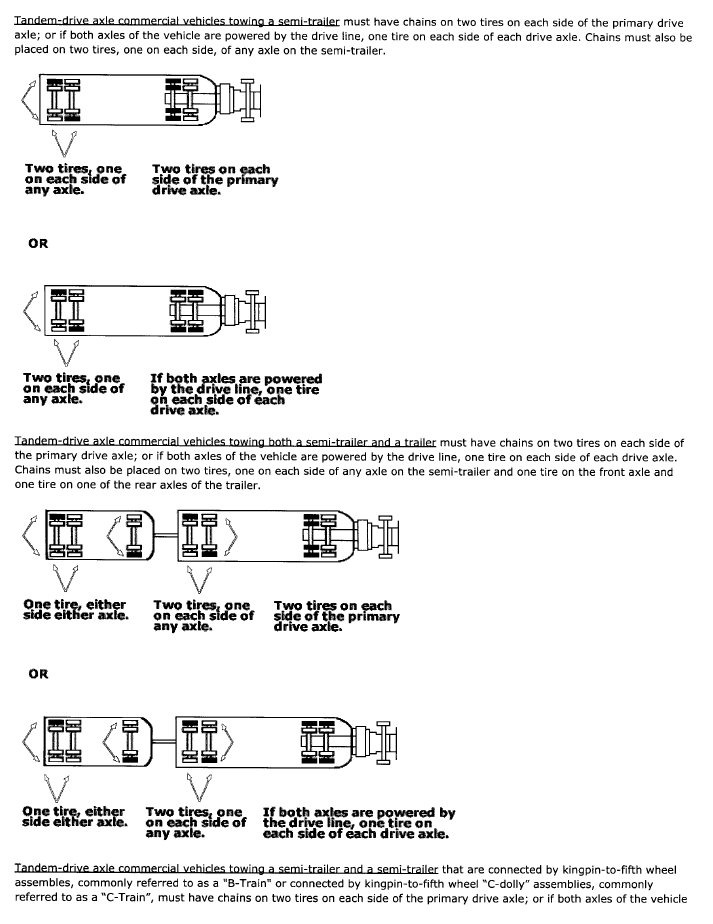
New Jersey
The use of tire chains are allowed when required for safety during a time of snow, ice, or another condition that might cause slippery highways.New Mexico
The use of tire chains are allowed when required for safety during a time of snow, ice, or another condition that might cause slippery highways.New York
The use of tire chains are allowed when required for safety during a time of snow, ice, or another condition that might cause slippery highways.North Carolina Chain Laws:
The use of tire chains are allowed when required for safety during a time of snow, ice, or another condition that might cause slippery highways.North Dakota
North Dakota also allows metal studs within 1/16 inch beyond tread from Oct. 15 through April 15. The use of tire chains are allowed when required for safety during a time of snow, ice, or another condition that might cause slippery highways.Ohio
The use of tire chains are allowed when required for safety during a time of snow, ice, or another condition that might cause slippery highways.Oklahoma
The use of tire chains are allowed when required for safety during a time of snow, ice, or another condition that might cause slippery highways.Oregon Chain Laws:
Oregon’s law applies to all highways in the state. Signs will tell you when you are required to carry chains and when you are required to use them. You will need to have six chains on hand to comply in Oregon. The use of tire chains are allowed when required for safety during a time of snow, ice, or another condition that might cause slippery highways.Pennsylvania
The use of tire chains are allowed when required for safety during a time of snow, ice, or another condition that might cause slippery highways.Rhode Island
The use of tire chains are allowed when required for safety during a time of snow, ice, or another condition that might cause slippery highways.South Carolina
The use of tire chains are allowed when required for safety during a time of snow, ice, or another condition that might cause slippery highways.South Dakota
The South Dakota DOT has the authority to restrict travel on roads. Signs will alert you to these restrictions. The use of tire chains are allowed when required for safety during a time of snow, ice, or another condition that might cause slippery highways.Tennessee
The use of tire chains are allowed when required for safety during a time of snow, ice, or another condition that might cause slippery highways.Texas
The use of tire chains are allowed when required for safety during a time of snow, ice, or another condition that might cause slippery highways.Utah
When any designated highway is so restricted no vehicle shall be allowed or permitted the use of the highway, during the period between October 1 and April 30, or when conditions warrant due to adverse, or hazardous weather or roadway conditions, as determined by the Utah Department of Transportation, unless:- An operator of a commercial vehicle with four or more drive wheels, other than a bus, shall affix tire chains to at least four of the drive wheel tires.
Vermont
Chain Laws: Vermont has a traffic committee that will decide if use of chains will be required. The use of tire chains are allowed when required for safety during a time of snow, ice, or another condition that might cause slippery highways. Vehicles with semitrailers or trailers that have a tandem-drive axle towing a trailer shall have chains:- On two tires on each side of the primary drive axle, or if both axles of the vehicle are powered by the drive line, one tire on each side of each drive axle; and
- On one tire of the front axle and one tire on one of the rear axles of the trailer.
Virginia
The use of tire chains are allowed when required for safety during a time of snow, ice, or another condition that might cause slippery highways.Washington Chain Laws:
Any commercial vehicle over 10,000 lbs. Gross vehicle weight rating should carry chains from November 1 to April 1 when driving on one of the following routes:- Blewett Pass
- Chinook Pass
- Cle Elum to Teanaway
- Gibbons Creek to Intersection of Cliffs Rd.
- Mt. Baker Highway (Ellensburg to Selah)
- Newhalem to Winthrop
- Omak to Nespelem
- Status Pass
- Sherman Pass
- Snoqualmie Pass
- Stevens Pass
- White Pass
West Virginia Chain Laws:
The use of chains is allowed for safety when snow, ice, or other condition are present. If chains are used, they must not come in direct contact with the surface of the road.Wisconsin Chain Laws:
The use of chains is allowed for safety when snow, ice, or other condition are present. If chains are used, they must not come in direct contact with the surface of the road.Wyoming
When the chain law is in effect due to snow, ice or other conditions, travel on a highway may be restricted to use only by motor vehicles utilizing adequate snow tires or tire chains. There are two levels. Level 1: When conditions are hazardous, travel can be restricted to vehicles equipped with tire chains, vehicles with adequate snow tires, or all-wheel-drive vehicles. Level 2: When conditions are extremely hazardous, travel can be restricted to vehicles equipped with tire chains or all-wheel-drive vehicles equipped with adequate mud and snow or all-weather-rated tires. The operator of a commercial vehicle shall affix tire chains to at least two (2) of the drive wheels of the vehicle at opposite ends of the same drive axle when the vehicle is required to utilize tire chains under this subsection. Any driver that is in violation will face a fine of no more than $250. If the violation results in the closure of all lanes in one or both directions of a highway, you will face a fine of no more than $750.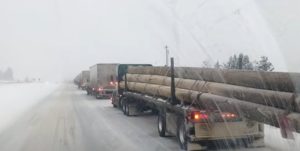 🔙Blog Page
🔙Blog Page See other news

How to Tarp Flatbed Loads
👉 Tarping a load is crucial to protect both the cargo and the tarp itself. The primary reasons for tarping are to...
Read MoreProtected: Training Materials for Flatbed
There is no excerpt because this is a protected post.
Read More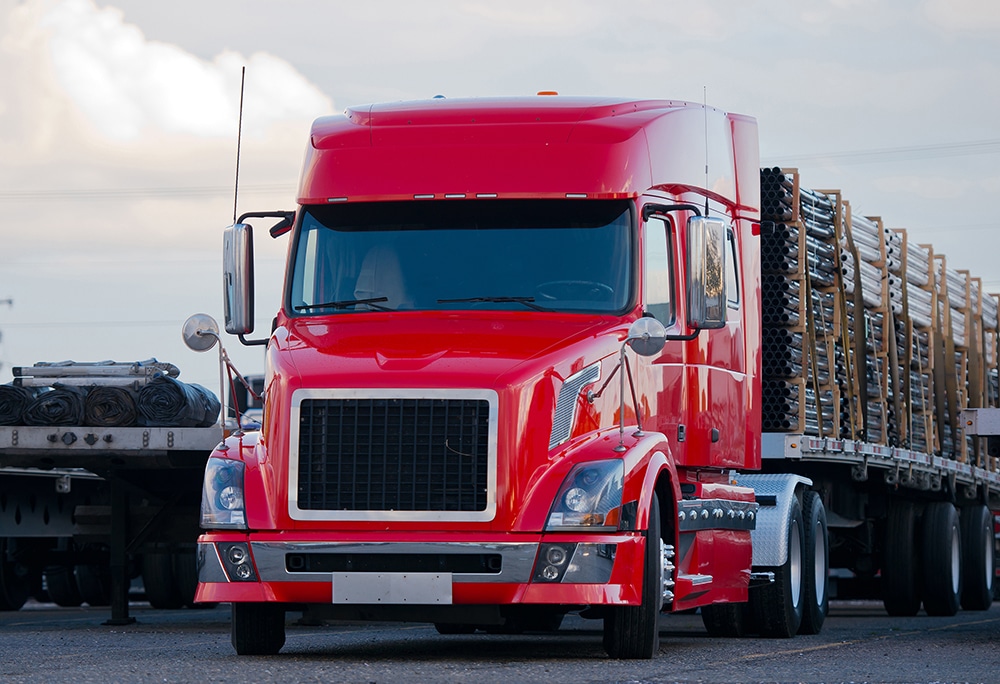
How To Secure Pallet Racks
On the picture below you can see a great example how the pallet racks should be placed on the flatbed trailer...
Read MoreHow to find JGG Office
The location of the office – 800 Roosevelt Rd, Bldg A , Ste 12, Glen Ellyn, IL If you enter from south...
Read More
Photo & Video Contest
TAKE PICTURES and VIDEOS OF YOUR TRUCK and GET THE CHANCE TO WIN A PRIZE. ✅ Just take the picture or video...
Read More
Driver Journey in joining John Galt Group Team
Read More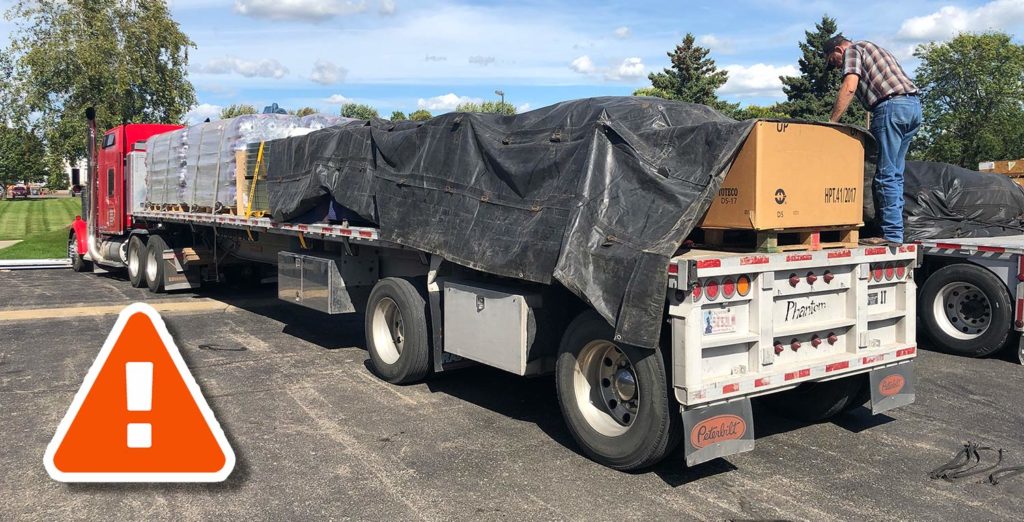
Secure and Protect: A Guide to Tarping Loads on Flatbed Trailers
Transporting goods on a flatbed trailer is an efficient and cost-effective way to move large or bulky loads across...
Read More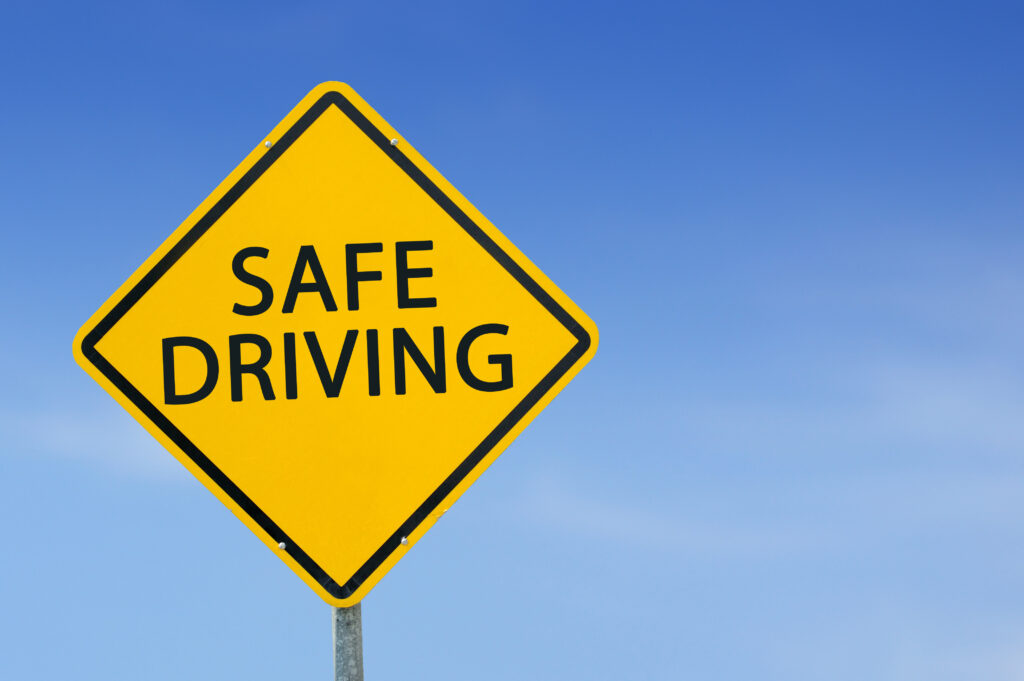
Bad weather – Safety tips for drivers
Being a truck driver comes with a lot of responsibilities, including the safety of yourself and others around you....
Read More
Load Securement Base
Here you can find information about flatbed load securement for different type of freight. Knowledge you need to...
Read More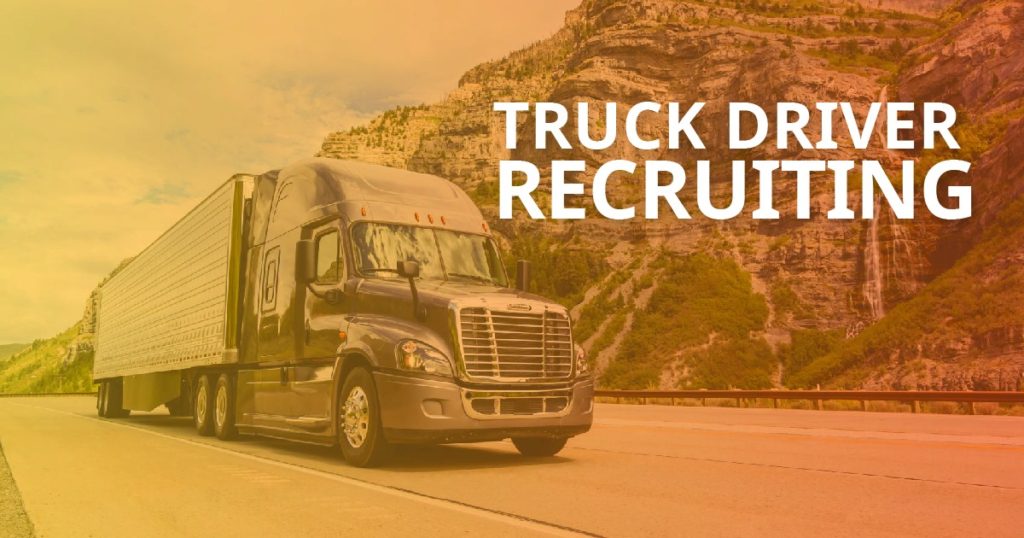
John Galt Group is looking for an Experienced Recruiter
✅ We are looking for and experienced recruiter, that has hands on experience and knows what he/she is doing in...
Read More
Legal Limits In Each State
Legal Limits In Each State To choose State, which are you looking for, hit the button “Filter” and...
Read More
Pre- and POST-TRIP INSPECTIONS
Pre- and POST-TRIP INSPECTIONS Minimizing the road breakdowns and preventing out-of-service violations are two of...
Read More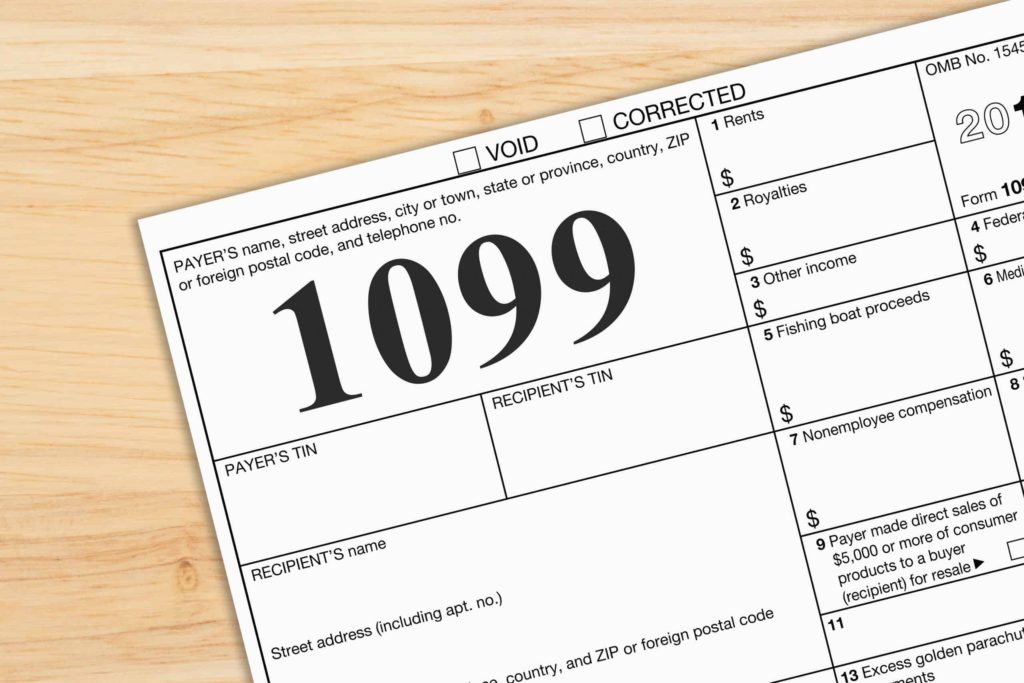
1099 form – what numbers get in the form
1099 form – what numbers get in the form 1099 form 🔙Blog Page
Read More
How To Secure Flatbed Trailer Stack
Flatbed Trailer Stack Use chains to secure all empty trailers to the bottom trailer. The chain in the front MUST be...
Read More
Paper Roll
Paper Roll Securement With Eye Vertical Requirements for placement paper roll: Place paper rolls together in a...
Read More
How To Secure Structural Steel
How To Secure Structural Steel Structural Steel is inherently a difficult load to secure. Different shapes and...
Read More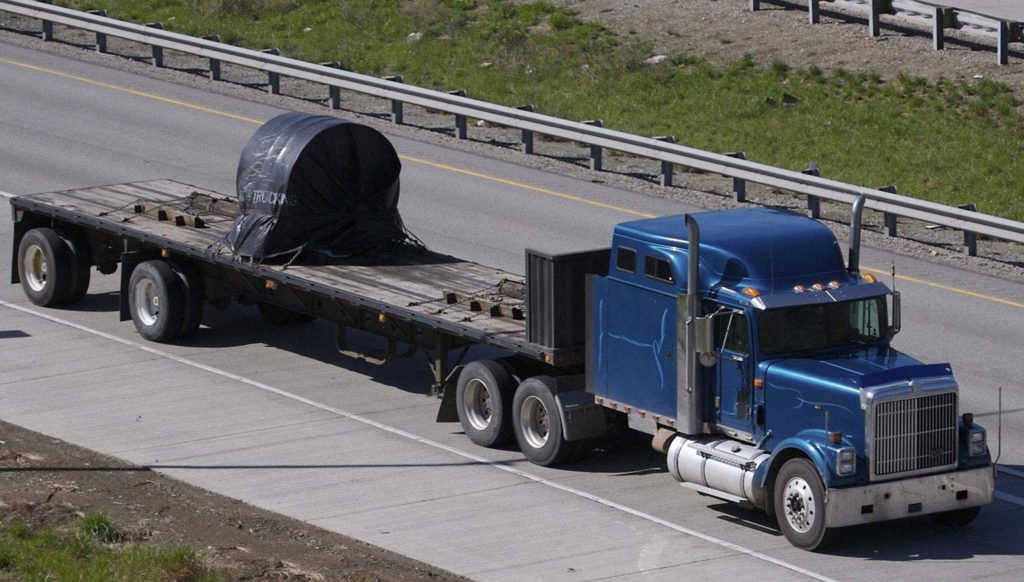
How To Secure Palletized Coil
Palletized Coils Palletized coil: We will use Coil racks to keep the steel coil from rolling and support the...
Read More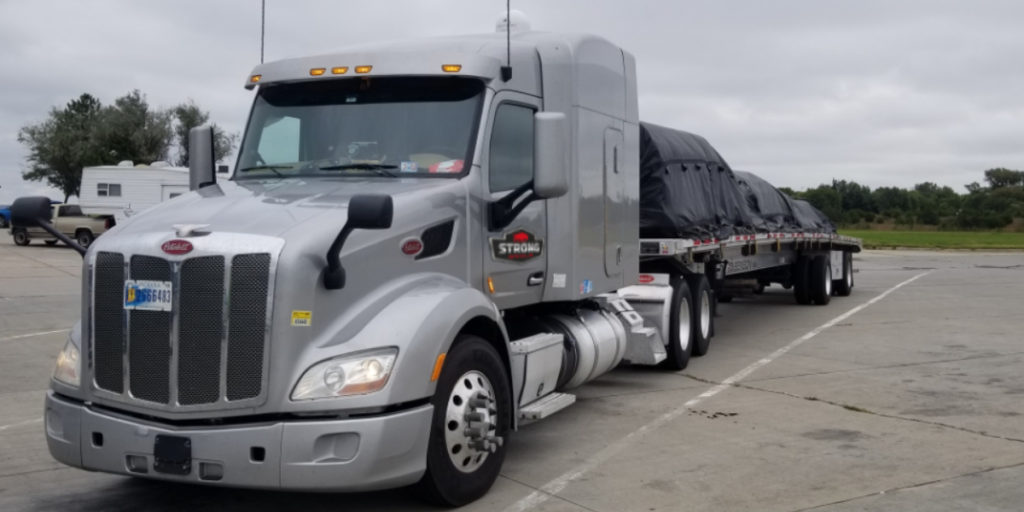
Secure A Load of Windows or any box lumber framed
Windows securement: 1 Crates on the left in the picture contain the glass for all this frames, so they are the most...
Read More
How To Secure Lumber
These rules apply to bundles of dressed lumber, packaged lumber, building products such as plywood, wallboard or...
Read More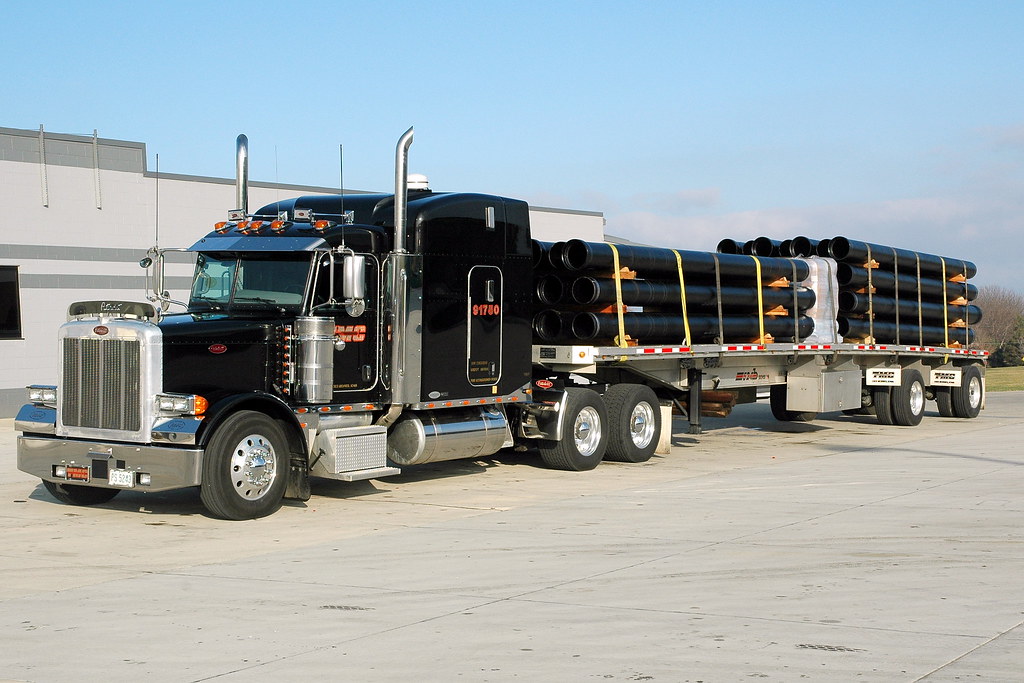
How To Secure Pipe Load
Pipe Securement. Make sure that concrete pipe doesn’t roll or slide: Load pipe as compactly as possible...
Read More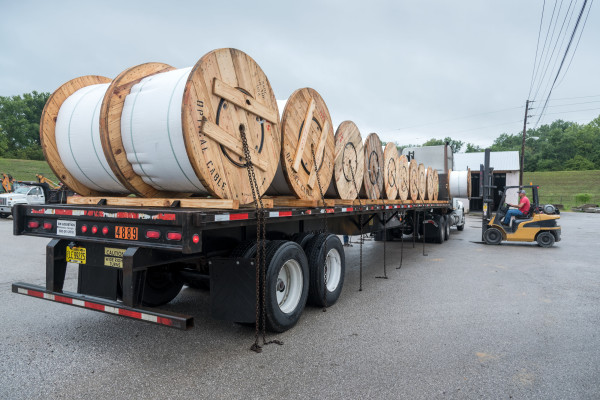
How To Secure Spools of Cable and Wire Bundles
Spools of Cable and Wire Bundles How To Secure? Spools of Cable To tie down spools you will need dunnage, chains,...
Read More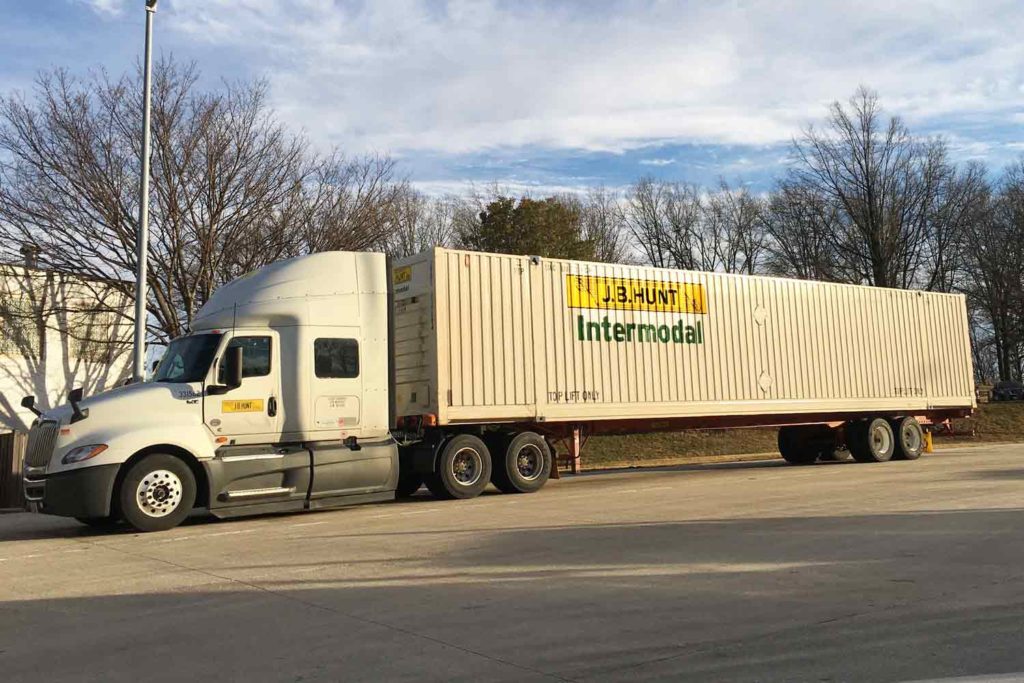
How To Secure Containers On Flatbed
How To Secure Containers On Flatbed Position of the container Container securement: All lower corners of the...
Read More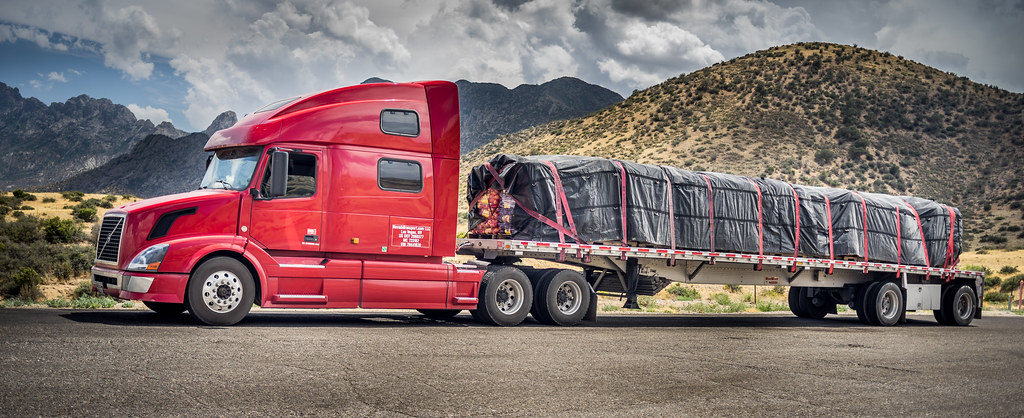
How To Secure Onion Loads
How To Secure Onion Loads Instruction for driver, onion loads: General Tips Best is to have at least half tank or...
Read More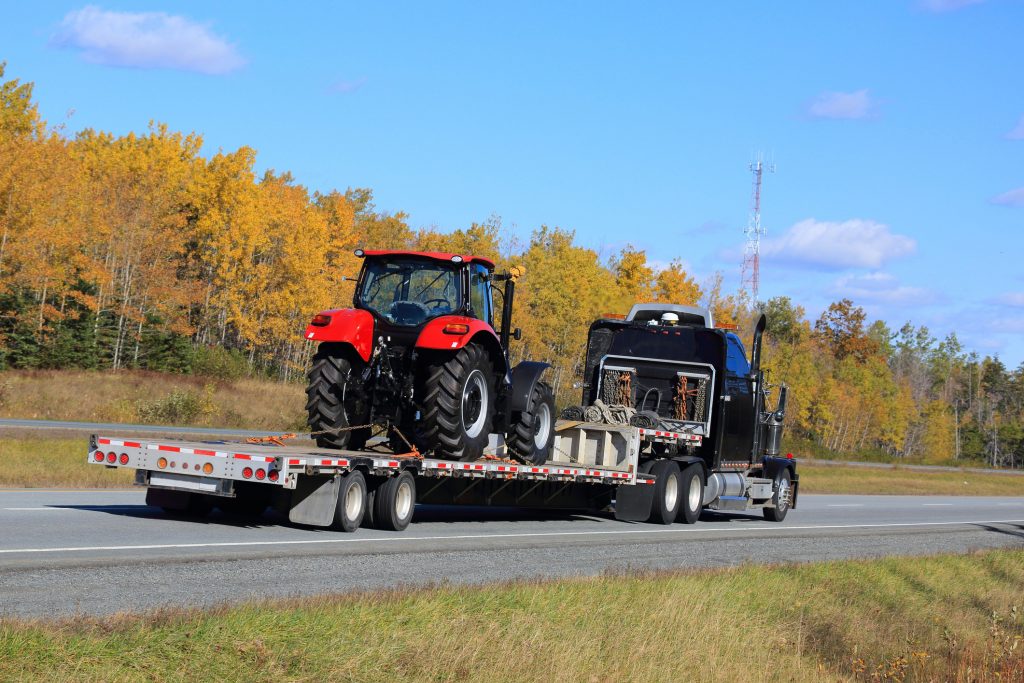
How To Secure Tractor
How To Secure Tractor: According to the FMCSA, vehicles with wheels or tracks that weigh 10,000 Lbs. or more are...
Read More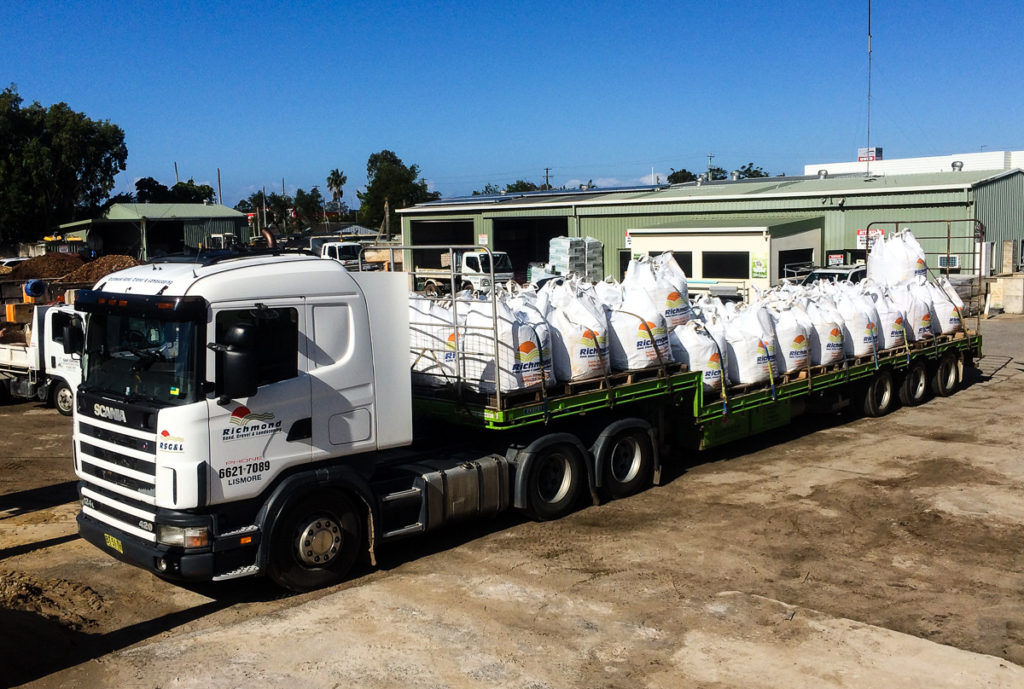
How To Secure Bags
All about bags securement Bags securement: You can use a combination of items to secure the cargo on your flatbed...
Read More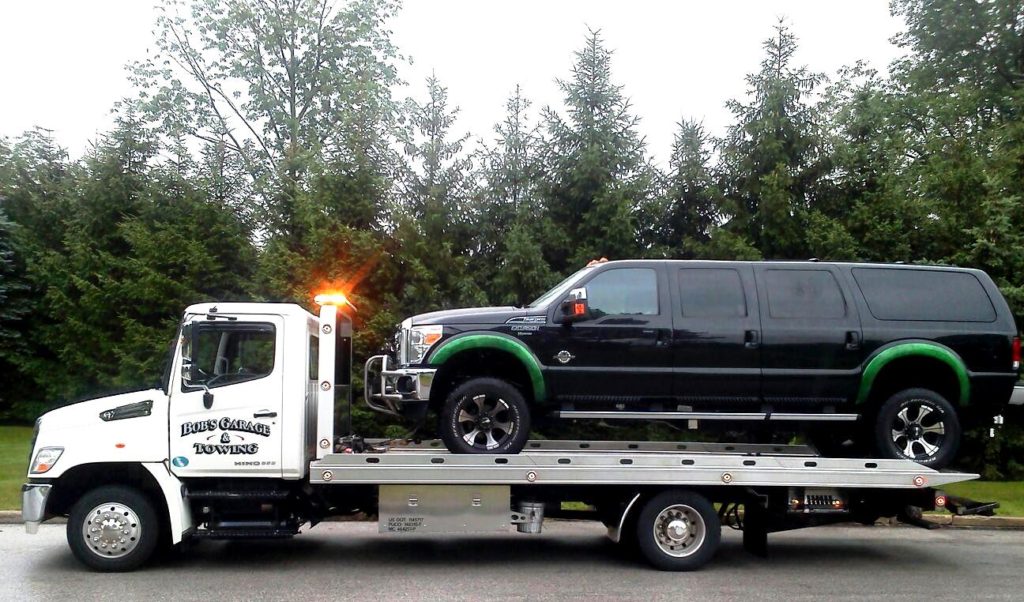
How To Secure Machinery Loads
Machinery Loads: The requirements in this section apply to the transportation of automobiles, light trucks, and...
Read More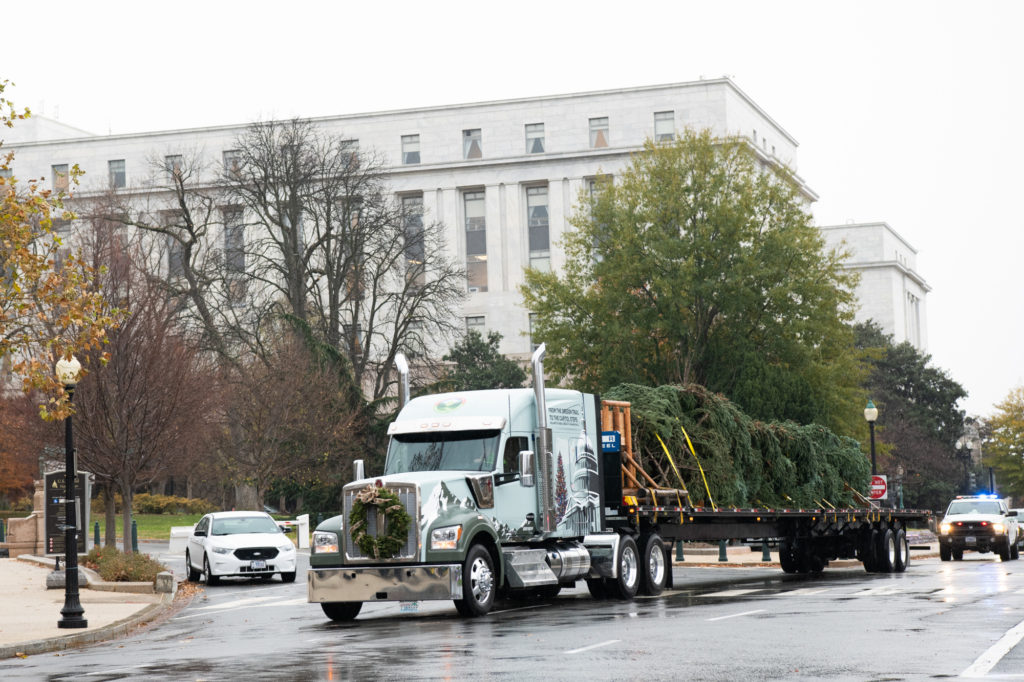
How To Secure Trees On Flatbed?
Use a breathable tarp system Secure Trees: Transporting trees can be tricky because they need to be covered with a...
Read More
Medi-Share – healthcare sharing ministry
Medi-Share – healthcare sharing ministry: Medi-share is an or organized way in which Christians share their...
Read More
OO Equipment Rental, Sale and Purchase ADs and Requests
Equipment Rental If you have any requests or have any equipment for rent or sale, please fill this Form. ...
Read More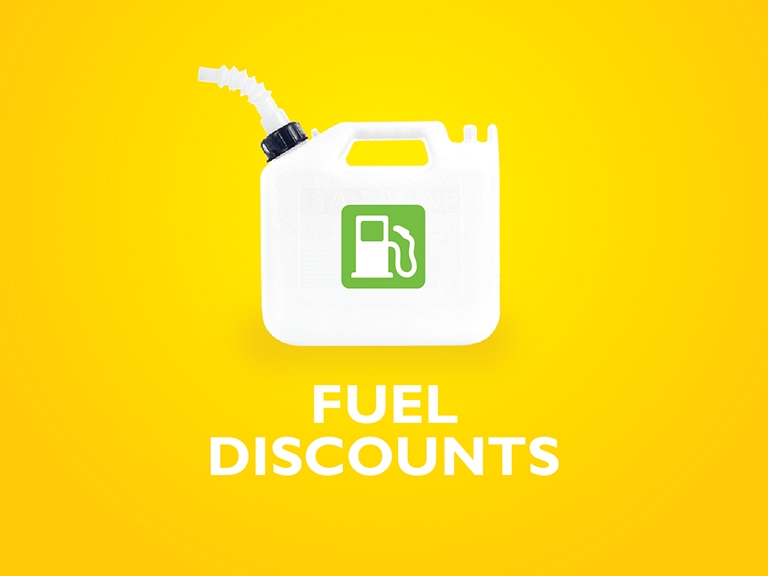
Benefits of Company Fuel Card vs NASTC and other cards
Company fuel Card vs NASTC and other cards: Benefits of Company Fuel Card vs NASTC and other cards 🔙Blog Page...
Read More
Driver Workflow at John Galt Group
Driver Workflow at John Galt Group Morning Routine After you wake up do your morning routine. It is very important...
Read More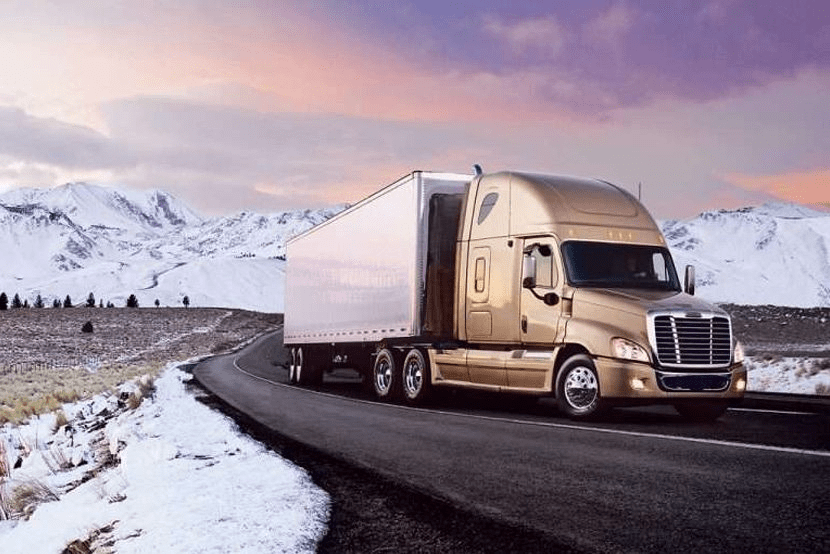
A few tips for upcoming winter season
Winter season Winter season: In this article, we want to share with you some good to know tips before winter is...
Read More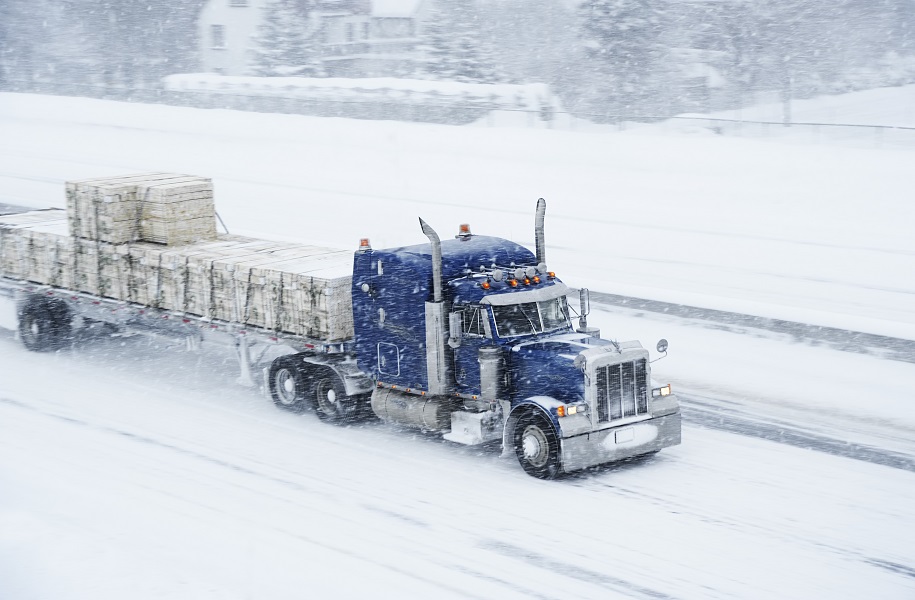
Everything You Need to Know About Chain Laws
Everything You Need to Know About Chain Laws States with No Tire Chain Laws Some states have no tire chain laws at...
Read More
… [Trackback]
[…] Find More Information here to that Topic: johngalttrucking.com/everything-you-need-to-know-about-chain-laws/ […]
… [Trackback]
[…] Here you can find 5204 additional Information on that Topic: johngalttrucking.com/everything-you-need-to-know-about-chain-laws/ […]
… [Trackback]
[…] Info to that Topic: johngalttrucking.com/everything-you-need-to-know-about-chain-laws/ […]
… [Trackback]
[…] Information to that Topic: johngalttrucking.com/everything-you-need-to-know-about-chain-laws/ […]
… [Trackback]
[…] Find More on to that Topic: johngalttrucking.com/everything-you-need-to-know-about-chain-laws/ […]
… [Trackback]
[…] Information on that Topic: johngalttrucking.com/everything-you-need-to-know-about-chain-laws/ […]
… [Trackback]
[…] Find More Info here on that Topic: johngalttrucking.com/everything-you-need-to-know-about-chain-laws/ […]
… [Trackback]
[…] Read More here on that Topic: johngalttrucking.com/everything-you-need-to-know-about-chain-laws/ […]
… [Trackback]
[…] Find More Info here to that Topic: johngalttrucking.com/everything-you-need-to-know-about-chain-laws/ […]
… [Trackback]
[…] Info on that Topic: johngalttrucking.com/everything-you-need-to-know-about-chain-laws/ […]
… [Trackback]
[…] Find More to that Topic: johngalttrucking.com/everything-you-need-to-know-about-chain-laws/ […]
… [Trackback]
[…] Find More on to that Topic: johngalttrucking.com/everything-you-need-to-know-about-chain-laws/ […]
… [Trackback]
[…] Read More Information here to that Topic: johngalttrucking.com/everything-you-need-to-know-about-chain-laws/ […]
… [Trackback]
[…] Information on that Topic: johngalttrucking.com/everything-you-need-to-know-about-chain-laws/ […]
… [Trackback]
[…] Read More on that Topic: johngalttrucking.com/everything-you-need-to-know-about-chain-laws/ […]
… [Trackback]
[…] Find More here on that Topic: johngalttrucking.com/everything-you-need-to-know-about-chain-laws/ […]
… [Trackback]
[…] Read More Info here to that Topic: johngalttrucking.com/everything-you-need-to-know-about-chain-laws/ […]
… [Trackback]
[…] Information on that Topic: johngalttrucking.com/everything-you-need-to-know-about-chain-laws/ […]
… [Trackback]
[…] Find More Information here to that Topic: johngalttrucking.com/everything-you-need-to-know-about-chain-laws/ […]
… [Trackback]
[…] Read More Information here to that Topic: johngalttrucking.com/everything-you-need-to-know-about-chain-laws/ […]
… [Trackback]
[…] Information on that Topic: johngalttrucking.com/everything-you-need-to-know-about-chain-laws/ […]
… [Trackback]
[…] There you can find 18169 more Information on that Topic: johngalttrucking.com/everything-you-need-to-know-about-chain-laws/ […]
… [Trackback]
[…] Find More on that Topic: johngalttrucking.com/everything-you-need-to-know-about-chain-laws/ […]
… [Trackback]
[…] Find More to that Topic: johngalttrucking.com/everything-you-need-to-know-about-chain-laws/ […]
… [Trackback]
[…] Find More on that Topic: johngalttrucking.com/everything-you-need-to-know-about-chain-laws/ […]
… [Trackback]
[…] Read More Information here to that Topic: johngalttrucking.com/everything-you-need-to-know-about-chain-laws/ […]
… [Trackback]
[…] There you will find 43741 additional Info on that Topic: johngalttrucking.com/everything-you-need-to-know-about-chain-laws/ […]
… [Trackback]
[…] There you will find 4172 additional Information to that Topic: johngalttrucking.com/everything-you-need-to-know-about-chain-laws/ […]
… [Trackback]
[…] Information on that Topic: johngalttrucking.com/everything-you-need-to-know-about-chain-laws/ […]
… [Trackback]
[…] Read More Info here on that Topic: johngalttrucking.com/everything-you-need-to-know-about-chain-laws/ […]
… [Trackback]
[…] There you will find 38040 more Information on that Topic: johngalttrucking.com/everything-you-need-to-know-about-chain-laws/ […]
Monster Muscle is the writer of the trade’s leading bodybuilding, powerlifting and energy coaching journal.
Monster Muscle additionally carries a whole line of dietary supplements,
books and accessories out there for direct buy or resale.
It’s essential to talk to a healthcare provider should you discover indicators of a magnesium deficiency.
They can run a blood check or examine your calcium and potassium ranges to assist pinpoint
the issue. Magnesium L-threonate is a new era of magnesium to make
extra improvements in cognitive capacity and reminiscence.
In Accordance to Bentham Science Analysis, this type effectively
crosses the blood-brain barrier, rising the degrees of
magnesium throughout the brain.
Swallow extended-release capsules and delayed-release/enteric coated tablets or capsules complete.
Do not crush or chew extended-release or delayed-release/enteric coated capsules or tablets.
Doing so can launch all of the drug directly,
increasing the danger of unwanted effects. Also, don’t split
extended-release tablets unless they have a rating line and your physician or pharmacist tells you to do so.
Whether you’re a beginner, intermediate, or superior athlete, you’ll discover every little thing
you need to succeed right here. Construct Muscle Mass & Add Bulk To Your Legs The
best workouts for increasing leg muscle mass. Muscle and Health participates in affiliate marketing applications,
which implies we could receives a commission commissions on editorially
chosen products purchased by way of our hyperlinks to retailer websites.
Make legday both efficient and environment friendly with this underutilized piece of kit.
So supplementing while on a food plan could additionally be useful, although you must run it by a
health care provider first. For best outcomes, take a single
pill with a meal, one to 4 instances a day, depending on suggestions from a healthcare professional.
Magnesium taurate accommodates taurine, a naturally
occurring and essential amino acid that has a task
in supporting and regulating your nervous system, immune system,
and hydration in your body instead of the key “building blocks of protein” amino acid.
Research from 2022 means that taking magnesium earlier
than bed may assist enhance sleep high quality.
A 2024 systematic review from 2024 discovered that giant
doses of magnesium could be beneficial for insomnia; nonetheless more research needs to be accomplished.
They were developed, promoted and efficiently put into practice as a therapeutic system by the German physician, Dr Schuessler
on the end of the 19th Century. In 1997 Kennedy started Oxygen magazine,
which targets a female health demographic.
In 1976, Kennedy opened a sequence of fitness stores called MuscleMag International, the primary of which opened in downtown Toronto on Yonge Road.
Kennedy quickly adopted with stores in Miami, New York, Las Vegas,
and within the state of California, finally reaching 28 stores.
With its wonderful efficiency and swoopy aesthetics, the
’68 Goat was an unqualified success, becoming the brand new standard
in muscle vehicles. Pontiac fully redesigned its muscle car, giving it sensuous curves in lieu of sharp creases.
It soon becomes clear that Dr. Roberts was right, because the gadget creates a time/space vortex, manifesting individuals, creatures,
and objects from the future and the previous. With
T-Rexes and Roman gladiators now wandering the halls of
the highschool, it becomes clear that the vortex is a menace to
the town, and ultimately the whole universe. It comes all the method down to Michael,
Vince, and Ellie to step up and save the day.
Whereas there were a few examples of sedate, mid-sized vehicles which
had hot motors in them that predated the Goat, none hit the exact
formula that came to define the time period “muscle car” like
the GTO did. Two substances which have turn out to be commonplace in bodybuilding today and yet are fully pointless…
With just some days left in his highschool career, Michael
has uncared for to give you his senior science
project, a procrastination that will yield him a
failing mark, thus forcing him to repeat 12th grade.
Whether you’re into bodybuilding, power lifting, energy training or simply
getting began, these exercises and ideas will allow you to reach your objectives.
This type is chelated with citric acid, which improves its absorption.
Magnesium citrate proves quite helpful in bettering digestive health and relieving constipation. Liquid and gummy dietary
supplements are also quite common due to their ease
of consumption. It has a mild laxative impact that makes it good for
those who wish to regulate bowel movements. Virtually 60% of the
magnesium in the body is stored in bones, indicating its very important function in sustaining
bone density and skeletal health.
You could already be conversant in the stress-reducing and pain-relieving powers of magnesium sulfate (aka Epsom salt) in your bathtub.
Magnesium can additionally be recommended as a drugs
to combat migraines. If you’re facing a medical emergency,
name your native emergency companies instantly, or go to the
closest emergency room or urgent care center. Although the value shouldn’t be
the only real figuring out issue, there ought to be value for cash on supplements.
Examine the value per dose and make sure it’s within your budget.
Of course, premium dietary supplements usually
have more expensive ingredients and elaborate testing, however that will pay off better.
Postal Service in the Fifties and 1960s, and a few of them—Mizer included—served prison sentences.
After a police raid on physique collectors in Northampton, Massachusetts, Smith College English professor Newton Arvin was compelled
to testify against associates and colleagues and attempted suicide.
Supreme Court Docket heard an obscenity case centered
on physique magazines in MANual Enterprises v. Day, and dominated
6-1 within the magazines’ favor, thereby easing restrictions on what
might be distributed within the mail. Tell your physician if signs of low magnesium blood levels (such as muscle cramps, tiredness, irritability, depression) final or get worse.
Some brands are also used to deal with symptoms of too much abdomen acid similar to
stomach upset, heartburn, and acid indigestion. Magnesium is essential for
the normal functioning of cells, nerves, muscle tissue, bones, and the center.
Usually, a well-balanced diet offers normal blood
ranges of magnesium. However, certain conditions cause
your physique to lose magnesium sooner than you possibly
can substitute it out of your food regimen. Featuring photographs and drawings of young males posing and flexing their muscles, usually in small
posing straps, physique magazines flourished from the mid-1950s to the early 1960s.
They had been the most important supply of print and visual culture for homosexual men before Stonewall; on the top of their recognition, the physiques outcirculated homophile magazines by nearly ten to one.
While single forms of magnesium are effective in part, analysis reveals that
some kinds of magnesium are better at producing particular
advantages than others.
Prior to the studio buying the car, its four hundred had been changed with a massive,
round-port, Pontiac 455 H.O. By the time the artwork department was carried out prepping the car in pre-production for the film, it had received the respray in Solar Purple
paint, and had a constructed TH400 slushbox swapped in to raised deal with the calls for of the
stunt driving. Muscle Building Dietary Supplements – Find out which are the best muscle
mass constructing dietary supplements. Adult males need between four hundred and 420 milligrams (mg) of
magnesium every day. People over the age of 60 are additionally extra more doubtless to have low
magnesium. Sure medications can also maintain your physique from absorbing magnesium.
Magnesium is a vital nutrient present in a variety of complete meals.
Spinach is usually a good supply of magnesium, as one cup (180 g) of cooked spinach contains round 158 mg of
spinach, or 37% of the Daily Value. Our Mag wheels are perpetual merchandise
that serve each enthusiast with taste and experience.
Known as The Unique Muscle Automobile Wheel, the S/S line is our
hottest customized chrome wheel design. Sign in by getting into the
code we sent to , or clicking the magic hyperlink within the e mail.
Tissue Salts are absorbed into the body via the blood vessels in the
mouth, chewing the tablets rather than swallowing entire is most well-liked.
Chest Pump Exercise Working on the chest is amongst the hardest of all the muscle
tissue within the physique. Our mission is to be your go-to way of life useful
resource for constructing a match body, wholesome mind, and complete financial freedom.
We’ll deliver you unique interviews, useful hacks, and content material you can’t discover anyplace else.
We welcome photos, articles, evaluations, interviews, commentary, upcoming events,
and so forth. The feedback kind on this web page can be utilized to report content that isn’t accurate, up-to-date or questionable in any manner.
We follow a strict editorial coverage, particularly associated to the
sources we use. Our articles are resourced from respected online pages, with research drawn from academic establishments and
peer-reviewed research.
Editor Dian Hanson trawled by way of a quarter million male nudes to pick this lineup of top fashions, together with film stars Sammy Jackson, Richard Harrison, and Ed Fury.
The articles and information in Muscle Muscle
are for informational purposes only. You should consult your
physician or different well being care practitioner before
beginning or changing any exercise, diet or supplement program.
An hour-long DVD is also included, containing 18 movies made by Bob Mizer between 1954 and 1968, in black-and-white
and color, all edited particularly for this book. Mizer’s take on Dr.
Frankenstein’s monster, in posing straps, is a
standout. In 1951 Mizer launched Physique Pictorial, America’s first indisputably homosexual magazine, bringing
his photos of prime bodybuilders to grateful readers worldwide.
In 1957 he published a catalog that includes all his men, titled 1000 Model Listing.
A second 1000 Model Listing adopted in 1968, with the
men photographed in the intervening years. The little 98-page books
grew to become instant collectibles, however the
photographs have been so small, 12 to a page, that they have
been as irritating to view as they have been titillating.
Bob Mizer began taking pictures of strapping young men on Muscle Seaside in L.A.’s Venice Seashore again in 1945.
Deciding On probably the most suitable form of
magnesium, in addition to the suitable dosage, is an important step in selecting the best product for
you. In a time where sexuality was repressed in the mainstream, Fire Island came to represent a
place of thriller and a homosexual haven for many.
Whereas a lot about Jim Stryker stays unknown,
his blonde beauty in opposition to the liberated setting of Fire Island remains a snapshot in time of a
refuge for young gay boys of the time. Do not flush drugs
down the toilet or pour them into a drain until instructed to do
so. Correctly discard this product when it is expired or now not wanted.
Matthew is an ACE (American Council On Exercise) certified health professional who
has had a passion for health since elementary college and continues
to research and learn how to construct muscle successfully via training and diet.
He also loves to help others to attain their health objectives
and unfold the knowledge the place needed.
If you’re not sure how much to take or which
kind is most appropriate on your wants, you probably can speak with a
healthcare professional for a specific suggestion. Dietary Supplements could additionally be a great option for people who don’t meet
their wants by way of diet alone or for those with particular health
concerns, similar to nervousness, occasional constipation, migraine, and trouble sleeping.
While some research recommend that magnesium could indirectly assist weight
management by serving to regulate blood sugar and metabolism, it’s not a stand-alone solution for weight loss.
There is no particular type of magnesium complement that’s universally thought-about one of the best for weight reduction. In addition to beneficial amounts,
there are additionally established a Tolerable Higher Consumption Degree
for magnesium specifically from dietary supplements.
Schuessler Tissue Salts are natural, appropriate for the entire family and
could additionally be taken alongside other drugs and dietary supplements together with minerals and
vitamins. They are specifically formulated micro-doses that are absorbed within the mouth somewhat than within the stomach and gastric tract.
In 1972 Kennedy went into business for himself, promoting courses of instruction by mail on diet,
bodybuilding and health. In 1974 he started his first
journal, MuscleMag International, with an initial print run of 110,000.
Walter Kundzicz was born in 1925 within the Polish district of Newark, New
Jersey. His mother and father purchased him his first digital camera for his eighth birthday and he immediately
grew to become obsessive about photography. Before Playboy, Playgirl,
videotape, and even 8mm reel-to-reels, Bob Mizer mined one
of the best and hunkiest of American guys straight off the Greyhound bus in L.A.
It could have been described as the attractive look e-book of American male archetypes.
We chose Thorne as the most effective magnesium complement for sleep
because of its prime quality components, third-party certification, and inclusion of bisglycinate, a form of
magnesium glycinate that could be higher absorbed.
In spite of all that, as time went by physique magazines grew to
become extra implicitly, and even explicitly, gay.
Though the photos tried to retain the phantasm of art and well being, the drawings turned intentionally campy and suggestive.
Nevertheless, according to the publication, they’ve decided to convey the magazine again to buy cabinets due
to popular demand and this could happen in the second part of 2021.
Many will certainly be happy with this news, particularly long-time
fans of the journal. Improve Testosterone For Unlimited Outcomes
How testosterone impacts bodybuilding and overall health.
5 Meals To Accelerate Muscle Growth A listing of muscle
building foods that ought to work for nearly anybody.
With an excellent rise in recognition, folks seek supplements for their health assist.
Referred to as the “miracle mineral,” magnesium is significant in tons of
of bodily processes, starting from vitality manufacturing
to muscle rest. The ruling in MANual Enterprises opened the
door for the physique magazines to become more open concerning the erotic lure of physique photos in addition to the particularly gay sexuality they were addressing.
Slowly over the course of the 1960s, physique photography
grew extra overtly sexual as artists depicted their models nude and selected younger, slimmer men—and boys—to photograph.
Although Mizer’s photographs retained their 1950s atmosphere of
playful, boyish romping, most other photographers quickly moved to
take benefit of what they noticed as each extra expressive and extra worthwhile
sexual nudes.
Feel free to surf to my web-site :: About Steroid (Bhabhi.Net)
It details your exercises, sets, reps, and weights, providing a transparent overview of your strength development.
Consistency means hitting the weights for yet one more rep or squeezing in one other exercise, even when your sofa is looking
your name. Exhibiting up and placing the hard work in workout after workout is the
only approach to reach your muscle progress goals. Muscular Tissues have this funny behavior – they only
grow if you consistently challenge them. A structured
plan, then again, is your personal roadmap for constructing your muscle mansion. With
Out it, you’re like a building employee with no blueprint, randomly placing bricks here and there.
This mass gainer additionally boasts high-quality carbohydrates whereas also being rich in BCAAs, creatine, and glutamine.
Hyper Acquire Mass is a high-calorie mass gainer with
over 1345 calories per serving developed to optimise muscle growth and
increase muscle protein synthesis. Consuming sufficient calories and
protein helps with muscle restoration and development after a workout.
This provides you with one further bottle of Super Mandro, Andro the Big, and Protex to assist extend your cycle.
According to the American Council on Exercise lively
recovery might be more practical than passive restoration. For
instance, one week you might wish to substitute lateral
raises with front raises.
This article breaks down every thing you should know when it
comes to building muscle, including the method to work out, what
to eat, and restoration protocols. Vitamin and train work together and complement each other to improve muscle mass and function. Pair this with our a la carte plan to totally customize your macros and meals
decisions, and make the weight-reduction plan facet of
muscle achieve feel like a breeze. Women have a tendency to gain muscle
very quickly initially however can then slow to a lower price of positive aspects than males.
They are also less likely to achieve a high muscle mass
overall.
Pasta, particularly the white selection, is
calorie dense and excessive in carbohydrates which is ready to help
gas you thru your exercises. Pair with a protein supply corresponding to rooster or salmon for a straightforward evening meal.
Rice is a staple in many a meal prep box and for good reason.
They are an excellent source of magnesium and potassium, minerals which help muscle recovery.
Avocados are a great supply of fiber with over three grams per serving, which can help keep good gut health.
Maintaining a wholesome intestine might help cut back irritation in the body, and an overall anti-inflammatory food plan has been proven to
advertise larger muscle mass and function.
The finest foods for muscle growth aren’t drastically totally different from the meals that make up a usually healthy diet, with the
exception of higher energy and protein. Thus any diet excessive in lean proteins,
wholesome fats, whole grains, and nutrient-dense fruits and veggies is a superb begin. Nonetheless, some foods may
provide distinctive muscle-building advantages like animal proteins and dairy.
One Other powerful good thing about intermittent fasting is that it increases your circulating
anabolic hormones, such as testosterone and progress hormone (24).
Each hormones help to build muscle and pace up recovery (25).
It’s really helpful to take 5-10g of amino acids about half-hour
earlier than a workout to prevent muscle fatigue, stimulate protein synthesis, and assist velocity up muscle
restoration. Your muscle tissue develop when they’re resting and recovering, not when they’re being worked.
That’s why you must take loads of days off to verify your muscles are
absolutely rested and recovered between lifts.
One cup of edamame provides 18.5 grams of plant-based protein. Edamame can additionally be excessive in minerals needed for muscle health, like magnesium.
When it comes to picking what meals to eat,
a registered dietitian can advise you specifically. Nevertheless, eating a variety of protein sources might be your best wager.
As well as focusing on your front delts, the barbell overhead press may also hit your pecs,
traps and mid-back. You May simply be doing three sets of this exercise, with a focus
on eccentric reps. However then we throw in a burn out set to totally annihilate the shoulders.
If you do should do the job yourself, make it fast then get back underneath the
bar. Now pump out another 10 reps. Then perform one other 50% weight drop and rep out with
a last 10 reps. That signifies that your
final two sets will have you doing 30 reps
per set. That will make sure that each single muscle fiber is on fire by the point you stroll away
from the incline bench.
To make sure you’re gaining muscle, not fat, don’t just contemplate
your scale weight. As An Alternative, depend on what you see within the mirror and use a tape measure twice a month to maintain monitor of your waist and hips (you don’t want to gain there) as nicely as your biceps, chest
and quads. Also, don’t assume that you want to
achieve a set quantity of weight each and every week. “Your mass gain doesn’t should be uniform,” Aceto explains.
You needn’t get all 3 units; simply add weight and proceed.
For these, you’ll start on the decrease finish of the rep range after which add
reps weekly. Once you get to the top range, add some weight, which can knock you down to the decrease rep
vary. You will use a mixture of increasing load and reps in your hypertrophy actions.
Apart from the energy actions, you will see movements with a rep vary,
i.e. 3X8-10 or 3X10-12; these are your muscle hypertrophy actions.
For instance, if you use a full-body split, you need to prepare every muscle every session. Not only that however you should train for power and hypertrophy, if that’s your goal.
Likewise, in case you are struggling to develop a sure muscle group
with ease, it doesn’t suggest you will not have the
ability to achieve it with a little extra work. Tendons
vary per particular person, nevertheless it’s been discovered that having
shorter tendons allow you to gain larger muscle tissue,
whereas longer tendons make it more durable to take action. Once you may have a Manufacturing Unit and a Rail Station in a Metropolis, and it is linked to your Commerce Community, Manufacturing Facility Assets slotted in that Metropolis will begin to create Railroad Tycoon Victory
Factors every flip. There’s a bit of a catch, although
– each Metropolis can only concentrate on one sort of Factory Resource, and can only generate points primarily based on the largest number of a single
Useful Resource slotted. The key to attaining Economic domination over your opponents
is Rail Stations and Factories. In Civ 7, Development is achieved when you have sufficient Meals to
add Population to your settlements – this is tips on how to increase it.
For example, you may have the ability to bench press 225 pounds with a
45-pound barbell and two forty five pound plates on both sides of the bar.
Nevertheless, for you to find a way to carry 225 kilos on the dumbbell bench press,
you would need 112.5 kilos in each hand; which might be far more tough and increase your chances
of damage. Research present that eccentric lifting is an effective
protocol to use to gain muscle, especially for the elderly and folks with illnesses (19).
This is because it forces you to go slower on your lifts,
so you have extra management. One 2011 study discovered that people who slept solely 5.5
hours per night time had 60% much less muscle mass than those that slept
eight.5 hours (11). If you’re an advanced lifter,
it’s necessary that you just place an emphasis on the large actions, such as barbell flat
or incline bench press, barbell squats, and barbell deadlifts (all forms).
Go Away a glass of casein protein or mass gainer within the fridge and eat it if getting up in the course of the night for
the bathroom. This is a straightforward way to
enhance calories and is appropriate for people
who can not consume enough food in just two meals and thus have to take advantage of every opportunity
to cram in more calories. Focusing on lifting heavier weights, decrease reps,
and executing fewer sets with full rests is likely to improve energy.
By distinction, hypertrophy coaching entails average weight,
greater reps, and extra units with restricted relaxation in between. For instance, if it’s troublesome to complete 10 reps of squats together with your physique weight,
don’t add additional weight yet. As An Alternative, give attention to ending
your reps and sets at your base stage and then enhance your intensity as quickly as you presumably can comfortably end
your routine. Nevertheless, analysis means that resistance training – regardless of the specific
focus – is helpful for weight loss.
Of course, as your mass gaining program takes effect, your
body mass will increase, as will your protein needs. However,
a 2018 evaluation exhibits that related doses of HMB are
in all probability not efficient at growing muscle mass in athletes or adults with
weight coaching experience. Branched-chain amino acids
(BCAAs) are essential for muscle growth.
These free-weight exercises are additionally
confirmed to secrete more testosterone and human progress hormone (1).
These reasons are why, paradoxically, protein powder
may help you each drop body fats and acquire muscle mass. For most
individuals who want to slowly improve their muscle mass and reduce
their fat mass, a protein powder like whey protein or pea protein is a greater
option. Of the 20 amino acids present in protein, leucine is probably the most essential to advertise muscle development — and the body can’t produce it.
“Three to four grams of leucine [or 6 to eight ounces of animal protein] can promote maximal protein synthesis,” explains Turner.
If you are a vegetarian, you’ll need to strategically put
together your meals ahead of time to attain this, as a end result of plant based
proteins might only present 25 to 60% of the recommended
amount of leucine.
One examine discovered that older adults who consumed 150–170 grams of
fish for lunch twice a week for 10 weeks considerably elevated muscle
mass and strength in comparison with baseline.
Chicken breast is a versatile source of protein that may help you build and strengthen your
muscular tissues. A 3-ounce serving of grilled
hen provides 25.9 grams of protein, making it an excellent alternative for muscle well being.
That pump is tangible, real-time biofeedback to let you know that blood is
flowing to your muscle cells, beginning a series of occasions that
stimulates protein synthesis. Possibly that’s why it’s straightforward to miss how necessary good vitamin is in the mass-building equation. When you choose to eat, say, chicken as a substitute of ice cream, there’s no quick muscle gratification—no pump to keep
you motivated.
You want all macronutrients in your food regimen when you really
want to gain muscle mass and boost your metabolism.
These vitamins provide your muscle tissue with the
ability to get well and grow new muscle
tissue. You will only have one compound train for every workout, which is the one you’ll start with.
You’ll at all times finish with an isolation train (some exercises you may have extra isolation exercises).
Nevertheless, there’s a particular time where you’ll drastically improve the depth.
This shall be in course of the top of your exercise and often on the ultimate set.
And relating to kind, you undoubtedly wish to come right down to your chest for a full range of movement.
As I talked about earlier, this is simpler for hypertrophy than shorter ranges of motion. That mentioned, it’s important to know the big image, as a
end result of it does not start and finish together with your genetics.
You may have a genetic profile just like that of an Olympic athlete, but when you don’t put within the work, you
will by no means learn your precise potential.
While many of us are consultants at gaining weight by accident, what about intentional and
wholesome weight gain? At first, it’d sound easy, but promoting
muscle growth could be difficult for lots of people.
It requires an optimum balance of food plan, training, rest,
and consideration of a variety of particular person factors.
You’ll get most of your carbohydrates early within the day
(up to nearly 100g at breakfast), while your later
meals are principally protein. This offers your physique the amino acids it requires and negates the
carbs it doesn’t necessarily need at this time of day.
Since insulin sensitivity tends to be decrease later within the day, avoiding carbs helps prevent fat achieve.
Particular Person traits, including a person’s baseline fitness, exercise kind, and desired outcomes,
would additionally have an effect on supplement selection. Though there is
a link between taking in amino acids and building muscle, scientific analysis
has not yet decided the simplest proportions of
amino acids and nutrients. The manufacturer describes this vegan supplement as functional food-based fuel.
It additionally provides 12 g of fiber, a variety of amino acids,
and simply 1 g of sugar. Readjust the seat of your bench so the
highest of the pad is touching your armpits.
Contemplate including MyProtein mass gainer in your diet for a small enhance should you find it difficult to gain weight
or should you practise veganism/have a dietary restriction. Plus, because it’s plant-based, those that are vulnerable to acne will
discover this appropriate for them as properly.
You’ll discover this mass gainer contributes to your mass-gaining journey.
Since the serving dimension is humongous, some individuals who use this have
taken to proportioning the servings to suit their diet, especially if they’re getting sufficient nutrients from their meals intake.
This program is designed to build muscle and power, so ideally, you may be in a
caloric surplus.
Timing mass gainer consumption is crucial for maximizing muscle growth and making certain enough nutrient intake.
Timing your mass gainer consumption, whether to gasoline your morning, get well from a exercise, or nourish in a single day,
can significantly impact your results. Whether you’re a serious athlete or somebody looking to gain weight
and muscle, mass gainers offer a handy and effective resolution.
There is nothing wrong with taking a few dietary supplements to help the
bulking process (which we will listing below). Nonetheless, skinny guys who take a dozen supplements and depend on them have the wrong mindset with regard to what it takes to realize weight.
A beginner weightlifter seeking to improve their basic health may have a special program than an elite athlete training
for a particular sport.
Bulking up will result in greater levels of subcutaneous body fats because
of the consumption of surplus calories. Eat liquid calories if
you are struggling to eat enough energy from food. Smoothies
with peanut butter, yogurt, whey protein, etc.
are simple to devour, and they are packed full of calories and nutrients.
Also visit my web page :: how do Anabolic steroids work
They consistently exceed global healthcare expectations.
how to buy generic lisinopril pill
Their worldwide pharmacists’ consultations are invaluable.
Medicament prescribing information.
can you get cheap clomid tablets
They make international medication sourcing a breeze.
They always keep my medication history well-organized.
where buy clomid without a prescription
They provide global solutions to local health challenges.